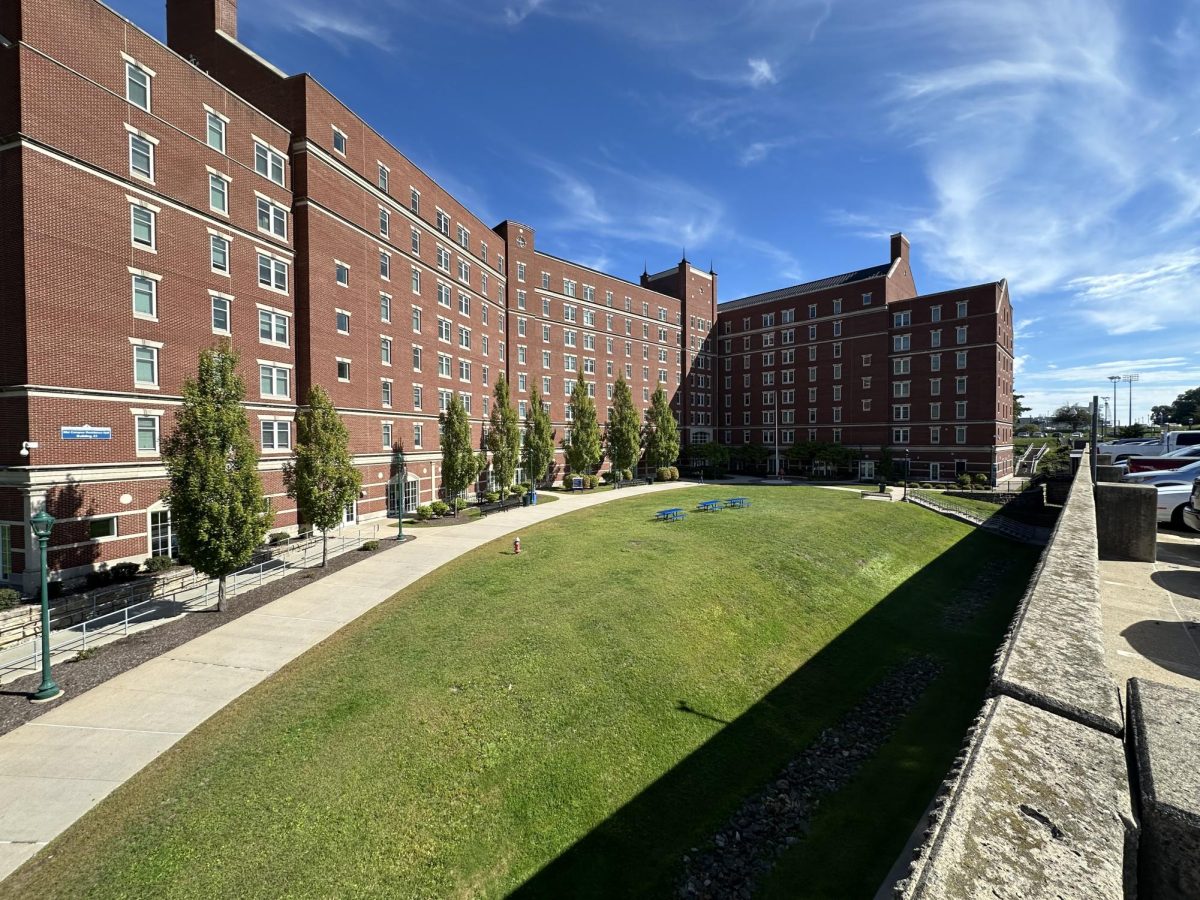By Jon Stankiewicz

Before Governor Dannel Malloy’s budget proposal in front of the General Assembly last week, Malloy proposed an overhaul of the Connecticut State University System.
With the overhaul of higher education, Malloy wants to eliminate the boards for the CSUS, the community colleges, Charter Oak State College and the Board of Governors for Higher Education and combine their power into the newly created Board of Regents for Higher Education.
Similar to the Minnesota system, Malloy also wants to consolidate the central offices of the CSU and community college system into one office reporting to one CEO, along with Charter Oak State College.
Malloy also wants to reduce the CSUS General Fund Appropriation by 10 percent which according to the budget summary would be over $17 million.
Enrollment in the CSUS system is at over 36,000 students and has increased by more than 8,000 students since 1996.
In the budget summary Malloy expects to yield savings more than $78 million in fiscal year 2012 and $83 million in fiscal year 2013 throughout the higher education system.
“Although change often seems scary, I don’t think a change in the administrative system of CSU is necessarily good or bad,” said Associate English Professor Burlin Barr.
“I recognize the state is in a crisis, an economic crisis, and we have a huge hole,” said Professor James Mulrooney, Chair of the Biomolecular Sciences department. “Things have to be done. On one hand I understand that there’s going to be cuts, that has to happen. On the other side, I don’t agree with how we are doing these cuts.”
“As long as we can remain true to our mission, that is the CSU mission, of providing a range of educational services to our students, which includes education in liberal arts, sciences, professional programs, as well as in specific trades, then consolidation of the administration is not necessarily a bad thing,” said Barr.
“Each college serves different populations of students,” said Mulrooney. “Each with different needs so that even though we are own system we each have our own concentration.”
Mulrooney is worried about each university’s needs.
“And now we have one board to govern all of us,” said Mulrooney. “In some ways that can be great, but at the same time our needs could be diluted…lumped together in a way that the community colleges voices may not be heard.”
The exclusion of UConn from the newly proposed system didn’t go unnoticed.
Serafin Mendez-Mendez, Professor and Chair of Communication, says that UConn was very smart.
“Last spring UConn began a multimillion dollar study to assess their expenses to see where they are overspending,” said Mendez-Mendez. “It is still on going and has provided them with a shield.”
“The new higher education board needs to be aware of the different missions these schools serve,” said Barr. “That is why the omission of UConn from this overhaul remains a mystery to me.”
Barr, who mentioned that the inconsistencies in the plan of the reorganization give him pause, says that the CSU and UConn have a lot in common.
“Both promote graduate and four-year programs in liberal arts and professional studies, as well as graduate programs,” said Barr “If we can maintain quality of university education and reorganize, as the promoters of the reorganization suggest, then why not include UConn?”
Is the Minnesota overhaul of higher education able to work?
Mendez-Mendez, who has friends who teach in the Minnesota system, said that “they have survived it.”
Mulrooney, who also knows professors in the Minnesota system, said that after five years they are still working through the kinks of the system.
“This just doesn’t happen overnight,” said Mulrooney. “The change cost them a lot of money to do that.”
SUNY Albany made cuts that forced the school to end all admissions to programs in French, Italian, Russian and classics, keeping only Spanish left in the language department once current students graduate.
“Cuts like those that were made at SUNY Albany would strike at the core of our primary goal,” said Barr. “People who try to consolidate and rationalize a higher education system may likely lose sight of those goals.”
Barr doesn’t want CCSU or the other state schools to change in that way.
“I would hate to see CSU follow the path of SUNY Albany,” said Barr. “SUNY Albany, in my opinion, is no longer a university. Once upon a time I would have considered it a good place to work and/or to send my children to school. Not any more.”
What could this mean for students?
“This can’t be done on the backs of the students, nor on the backs of the staff,” said Barr on the budget cuts.
Barr said that some areas that could be affected by financial cutbacks could be larger classes, fewer sections to choose from, loss of internships and loss of independent studies.
“I think to President Miller’s credit they have been planning for this,” said Mulrooney. “This was no mystery…we all knew what we are gonna do at different percent levels.”
Mulrooney says that CCSU is actually going to fare well after the 10 percent cut.
“That was our magic number,” said Mulrooney. “We have been very slow about replacing faculty positions. I don’t think we are going to be faced with cutting people.”
Still, faculty believes it won’t be easy for CCSU.
“10 percent is rough…especially considering the budget constraints we’ve been operating under for the last 2 years,” said Barr. “We are all already feeling the consequences of operating on a shoestring budget.”
Mendez-Mendez is worried about the administration. According to him, resources have been allocated the wrong way and needs to be given back to the students.
“We have bloated administration at all levels,” said Mendez-Mendez. “If we are going to cut we need to cut on the administration and not on the teaching resources.”
With the budget cuts imminent Mulrooney wants to focus on graduating students on time.
“The truth is that not every student that starts here graduates,” said Mulrooney. “We need to work even harder and offer it in a way that students can complete degrees on time.”
“We need to start really looking at how we cycle our courses,” said Mulrooney on how some classes are offered seasonally. “In some ways when things get tough there is a plus that comes out of that. The problem creates new possibilities and creativity and gets us off our butts and creates new ways of doing things.”
“Faculty, the administraion and students need to pay attention,” Mulrooney said. “But this may have an impact not on you right now, but students who are just entering and students who are on the way need to pay attention to not take for granted.”
Barr says that the need to remain informed and stay informed is important to the process.
“We need to speak out on important issues and discourage people from being goaded into extreme positions,” Barr said. “Unfortunately, there is a lot of misinformation circulating out there.”
Students also need to be vocal and weigh in on their opinions, according to Mulrooney.
“Students have to realize why they come to this type of university setting,” Mulrooney said. “Some of what they offer to students has to be preserved at all costs.”
Going to CCSU is an investment that you make for your future, Mulrooney said.
“Your identity will always be attached with this school,” said Mulrooney. “The reputation of this school is the reputation of your degree.”
Can the plan work?
“I don’t know,” said Barr. “I think it can. I certainly know it can fail and we can’t let that happen.”
“I don’t think the governor is off track,” said Mendez-Mendez. “He realizes we have a problem.”
Mulrooney doesn’t see a problem with the plan, but if Malloy doesn’t get reelected that’s where he sees big problems.
“The governor is only in office for four years,” said Mulrooney. “I like the fact that he didn’t do the hack away the system, but there’s no guarantee that he gets reelected in four years.”
According to Mulrooney, changes made today may not be conducive for another governor and more drastic cuts could happen down the road.


